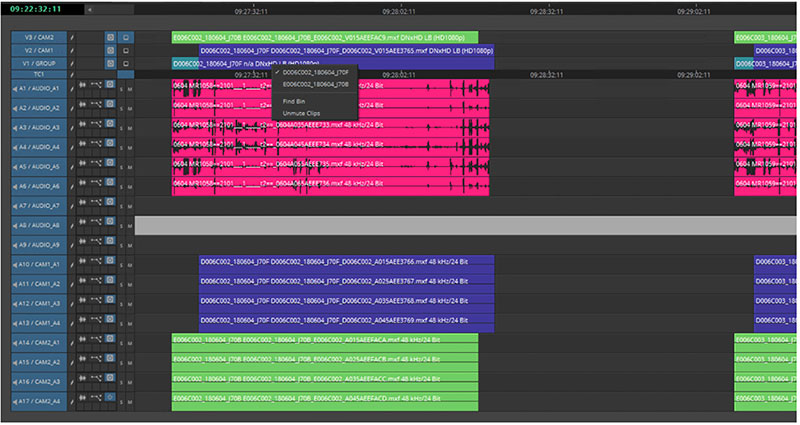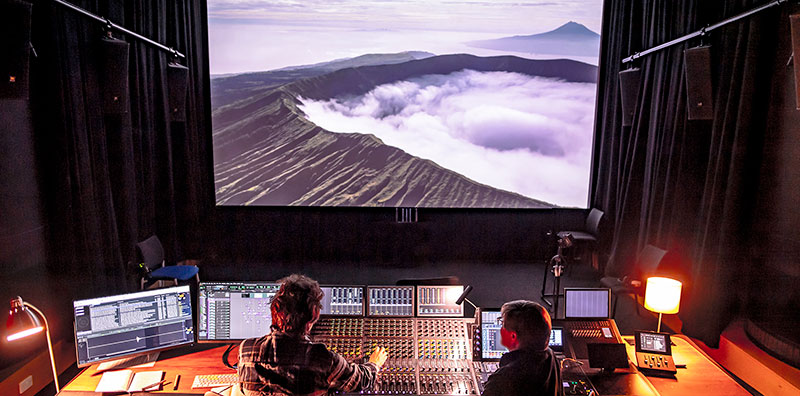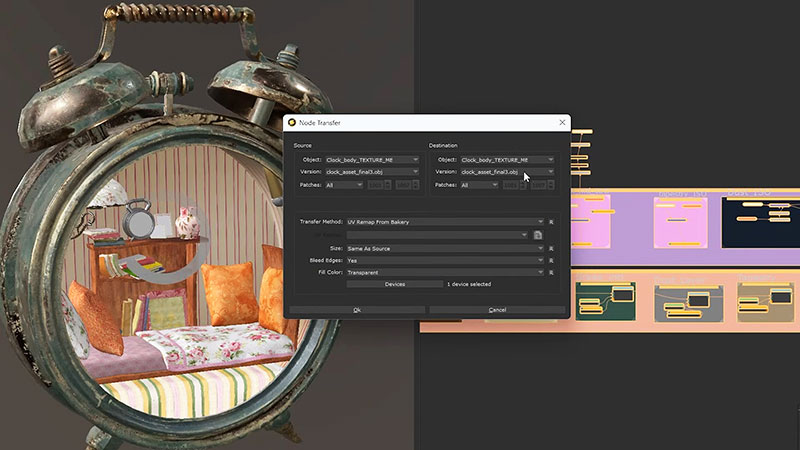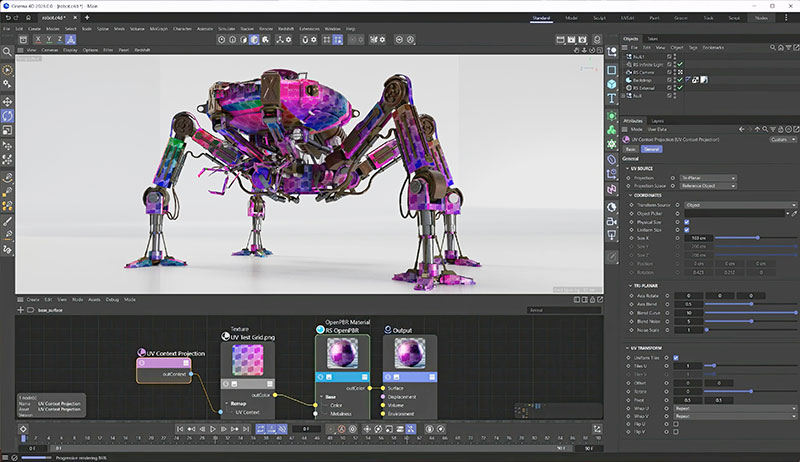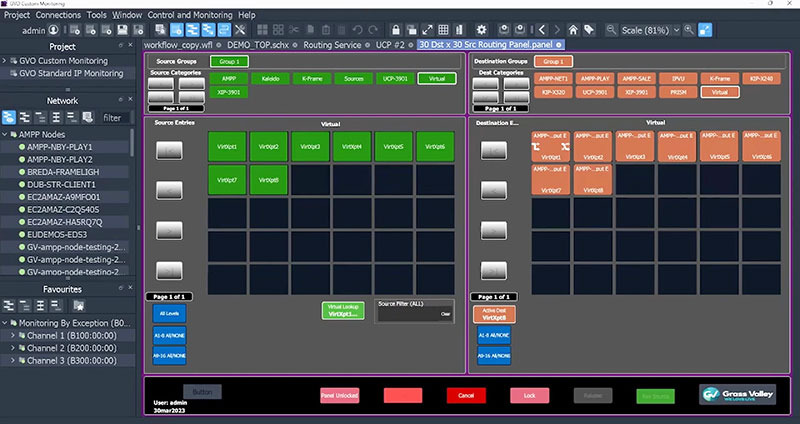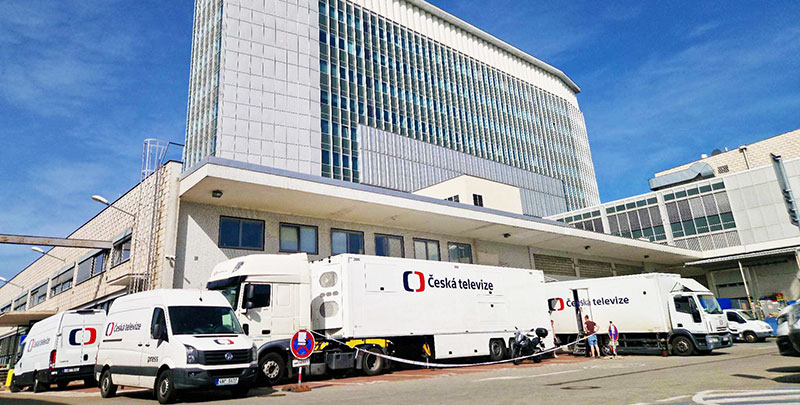Game developer Aspyr Media specialises in reviving classic games and uses Signiant’s Media Shuttle to move its large game builds and source code repositories quickly, and speed up proposal processing.

Aspyr Media is a video game developer specialising in reviving classic games on franchises like Star Wars titles, Tomb Raider, Civilization VI, Soul Reaver and others. The company, located in Austin, Texas, publishes over 200 games across more than 10 platforms. With its vision of ‘license, develop, publish’, Aspyr focusses on delivering high-quality gaming experiences to players worldwide.
Like any media company today, large file transport is a key part of Aspyr’s business workflows. Their team had been using an EC2 instance running on AWS connected to an S3 bucket using SFTP Go as the front end to transfer files. While this open-source file transfer set-up had technically worked, it was extremely slow and difficult to scale, and entirely manual.
Meanwhile, the company knew that waiting on slow file transfers was not helping them grow their game licensing business. Time constraints were their greatest hurdle – project delays, wasted time watching over file transfers and restarting failed uploads led to inefficient workflows that slowed down proposal processing.
Source Code on the Move
Transferring source code repositories has always been Aspyr’s main file transport challenge. These repositories are often much larger than the actual game build and, with their existing AWS setup, transfers were time-consuming, inconsistent and required constant monitoring. In other words, the team did have a way to send code, but it was not easy or resource efficient.
By using Signiant Media Shuttle instead, Aspyr can move its large game builds and code quickly, and return to its core operation – bringing old games back to life.

The turning point came in the middle of processing a Request for Proposal, when the Vice President of Operations asked a simple but critical question, “Do we have a way to send source code easily for an RFP?”
Aspyr started working with Signiant Media Shuttle in 2023, attracted by its proprietary transport acceleration. John Blackburn, Aspyr’s IT operations manager, had used Media Shuttle at his previous job, and suggested using it for the source code. Capable of moving files many times faster than conventional methods like SFTP, Media Shuttle now speeds up their operations enough to meet their business demands faster.
Building Games at Aspyr Media
Aspyr’s game licensing, developing and publishing workflows are deeply rooted in collaboration, both internally and with intellectual property holders, studios, contractors and partners around the world. “We have three main approaches to returning old game titles to circulation – reformatting games for new platforms, remastering for a facelift, and rebuilding from the ground up with modern graphics,” John said.
“Creativity is called for whenever you’re adding new features to old stories and visuals, upgrading assets and refining the look. At the same time, we expand the game to as many modern platforms as possible.”
At any given time, Aspyr has five to ten games in active development. From very early ideation to release and post-support, it’s very common for the team to be working on a number of projects at the same time.

As games have continued to grow in size and complexity, so have the files and code required to build them. “Game file sizes vary a good deal,” John said. “We have had builds for Android and iOS that are typically about 3GB – so not huge. But then we have other projects that are over 60-100GB. Files can get very large in gaming, for sure, especially if you’re sending full repositories.”
All of Aspyr’s files are stored in AWS – nothing lives on physical machines. A build node grabs the game repository, copies it locally, runs the necessary build scripts, and then outputs the game build. That file is sent to an S3 bucket under a subfolder, and each game has its own subfolder.
Connecting Distributed Teams
As Aspyr’s teams are distributed worldwide, the source code frequently needs to be packaged and made available outside of their headquarters in Austin. External teams then work with the code and come back to Aspyr with solutions. In a business driven by licensing deals and tight deadlines, transfer delays between these teams are costly to the bottom line.
After John started at Aspyr, he quickly realized that their file transfer system wasn’t appropriate for their business needs and growth. Having experience using transfer tools like Signiant, Aspera, FTP and Google Drive in previous roles, John knew there were better options available than what they were using.
“From all those, Signiant stood out for me, personally,” he noted. “I went through my own RFP process for Aspyr and, as far as ease of use was concerned, Signiant’s feature set was definitely what we were looking for.”

Media Shuttle runs on Signiant’s patented file acceleration system, which all but eliminates latency by taking advantage of all available bandwidth, without restrictions. It is now in wide use among designers, publishers, gaming developers and others.
Built for reliability, the Media Shuttle platform automatically resumes interrupted transfers from the point of failure. John receives a notification when transfers are completed, and finds Signiant’s automated features particularly helpful to eliminate guesswork and uncertainty.
Storage Independence
Equally important, Aspyr has the option to control where their content is stored. Signiant storage independence means that assets always flow directly into and out of Aspyr’s storage – of any type or brand, held on-premises or in the cloud with AWS, Azure or GCS. Aspyr maps dedicated Media Shuttle portals directly to their Amazon S3 buckets, which gives the team secure, fast access to all of their builds.
In the past, this process has been time consuming and error-prone. Now with a simplified, more secure method, John and his team can send out RFP materials within a few minutes, instead of hours or even days. He said, “I can have RFPs and source codes out in two minutes, with no more back and forth.”

John Blackburn, Aspyr’s IT operations manager
Beyond Transfers
While speeding up the RFP process was the initial driver behind Aspyr’s search for a large file transfer solution, the team soon found other ways to improve workflows using Media Shuttle. Game testing and QA, for instance, often handled by both internal and external teams for larger titles, now run more efficiently.
Previously, QA teams used Google Drive to upload and download game builds, which was slow and inconsistent. “Uploading material to Google Drive so others could then download it, was a very time-consuming exercise,” John said. "Now, it’s always in S3, and we always access it through Media Shuttle. If you want the build, it’ll be under the portal for that game.”
John also uses Media Shuttle to manage access - adding users, assigning permissions, restricting access to specific assets and tracking. This gives complete visibility regarding who has accessed which files.
Partner Expectations
Partnerships are central to Aspyr’s development model, and fast, efficient workflows help all teams stay on track – especially when working on titles aligned with major media launches and licensor timelines. “When you’re in this kind of partnership-driven model, it’s important to align with your collaborators’ expectations. Especially important is a shared understanding that timing is critical,” John said.
“When we’re talking about licensors, they have very specific timelines and dates depending on what you’ve agreed upon. We want to make sure we’re not the roadblock for anything.”

For instance, for Aspyr’s recent release Tomb Raider, the team remastered six volumes of the game, which had originally been created in 1995. Game character Lara Croft has undergone numerous iterations and also been adapted for live-action films that attracted the attention of wider audiences. At the time, Lara Croft: Tomb Raider, was the highest grossing movie adapted from a video game. Aspyr’s release comes after a new Tomb Raider reboot was announced at Amazon Studios, as well as the new Netflix animated series that was released in October 2024.
Competitive Advantage
For Aspyr, adopting Signiant Media Shuttle has made a tremendous difference, not only in terms of time savings, file monitoring and meeting tight timelines. File transfer has become a competitive advantage for Aspyr to offer to clients as a way to accomplish tasks faster. The team also has more time to focus on development and communication with partners, which directly translates to faster business operations. John can sometimes return RFPs days or even weeks ahead of schedule due to more efficient asset delivery.
Security and scalability have also made an impact on Aspyr’s business. With single sign-on, multi-factor authentication, tools that automatically scale operations with their business, and the ability to pass partner audits, Media Shuttle gives Aspyr a chance to focus more on the games, less on transfers. www.signiant.com





